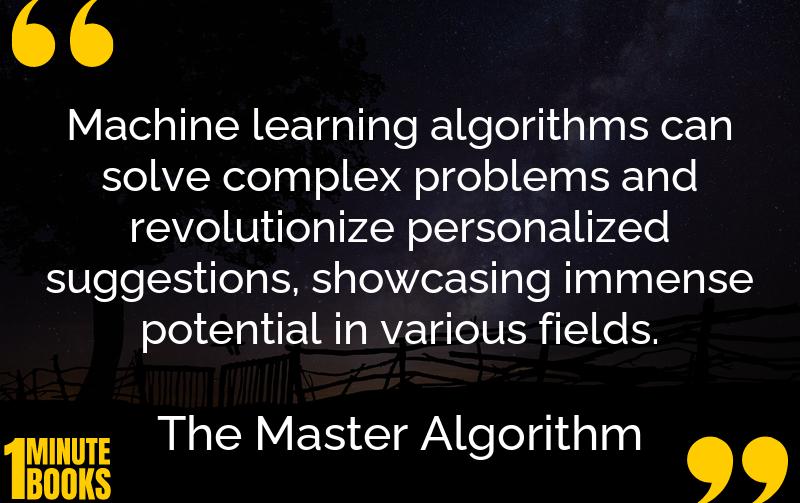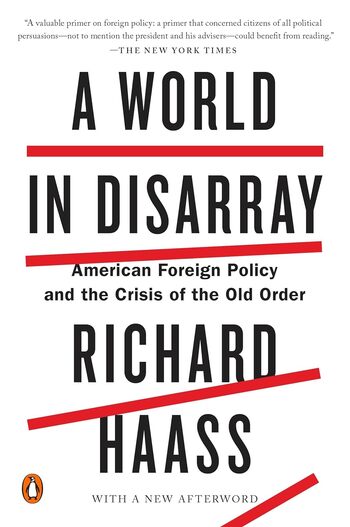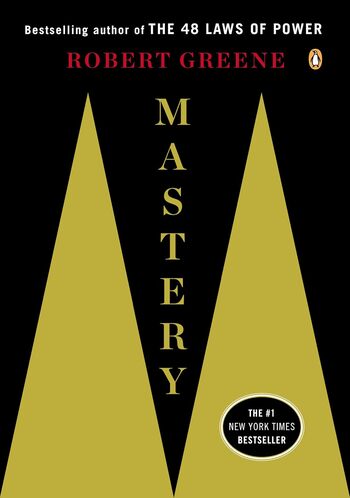
The Master Algorithm explores machine learning, its potential to solve complex problems, and the pursuit of a universal learning algorithm that could transform industries and personal lives.
Main Lessons
- Machine Learning (ML) algorithms can solve a variety of problems using the same underlying principles but different datasets.
- Overfitting is a common challenge in ML, where an algorithm becomes too complex and less generalizable.
- Using holdout data ensures that an algorithm’s results are consistent and verifiable, preventing hallucinations.
- Bayesian inference in ML helps improve decision-making by weighing empirical evidence for various hypotheses.
- Unsupervised learning algorithms find patterns in raw data, like clustering for image recognition.
- A master algorithm could combine various ML techniques to solve broad-ranging challenges.
- Data’s value is akin to oil in big business; effective algorithms make the most of it.
- The dream of a ‘digital self’ through ML algorithms could ease daily tasks with personal data.
- There’s potential for data unions to better regulate data usage and enhance algorithm personalization.
- While solving simple computing problems with algorithms is advancing, complex human issues need more innovation.
- Exploration of algorithmic limits is crucial in achieving breakthroughs in diverse fields.
- Adam robot shows promise in automating scientific experiments but complex discoveries require further advancements.
- Balancing algorithm power and flexibility optimizes outcomes and ensures useful results across applications.








